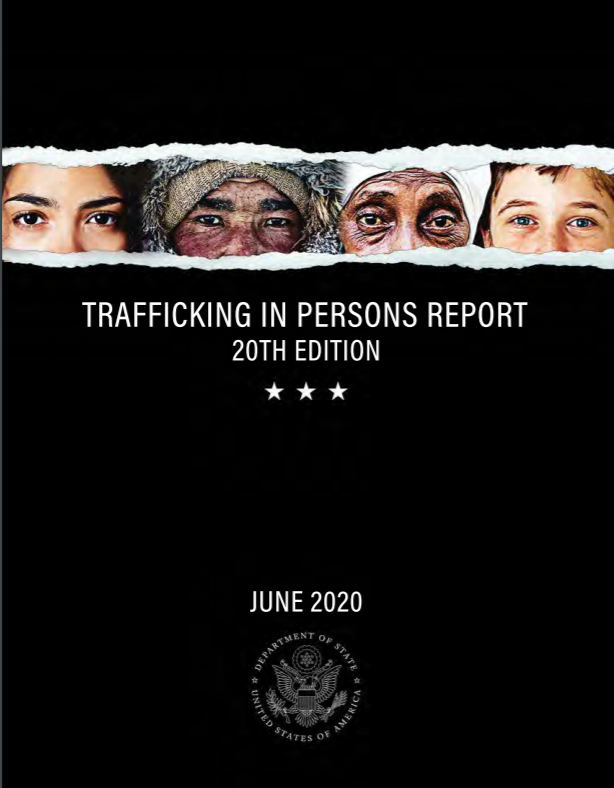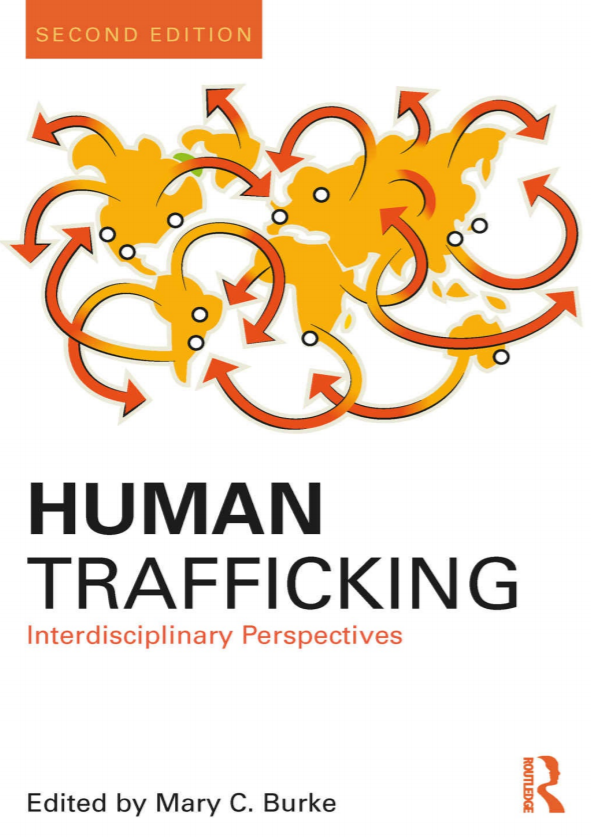Report of the Secretary General on Children and Armed Conflict

The present report, prepared following consultations and covering the period from January to December 2019, is submitted pursuant to Security Council resolution
2427 (2018) and presents trends regarding the impact of armed conflict on children and information on violations committed. Where possible, violations are attributed to parties to conflict and the annexes to the present report include a list of parties engaging in violations against children, namely the recruitment and use of children, the killing and maiming of children, rape and other forms of sexual violence against children, attacks on schools, hospitals and protected personnel, and the abduction of children
Country
Worldwide
Region
Worldwide
Year
2020
Topics








